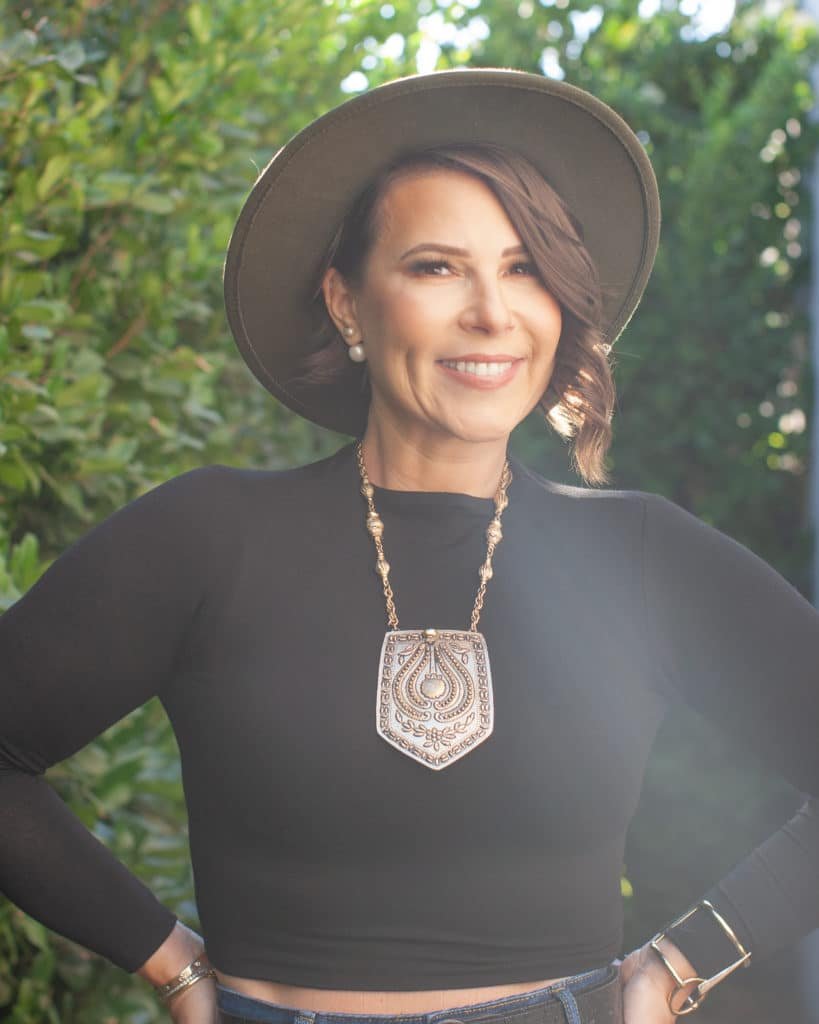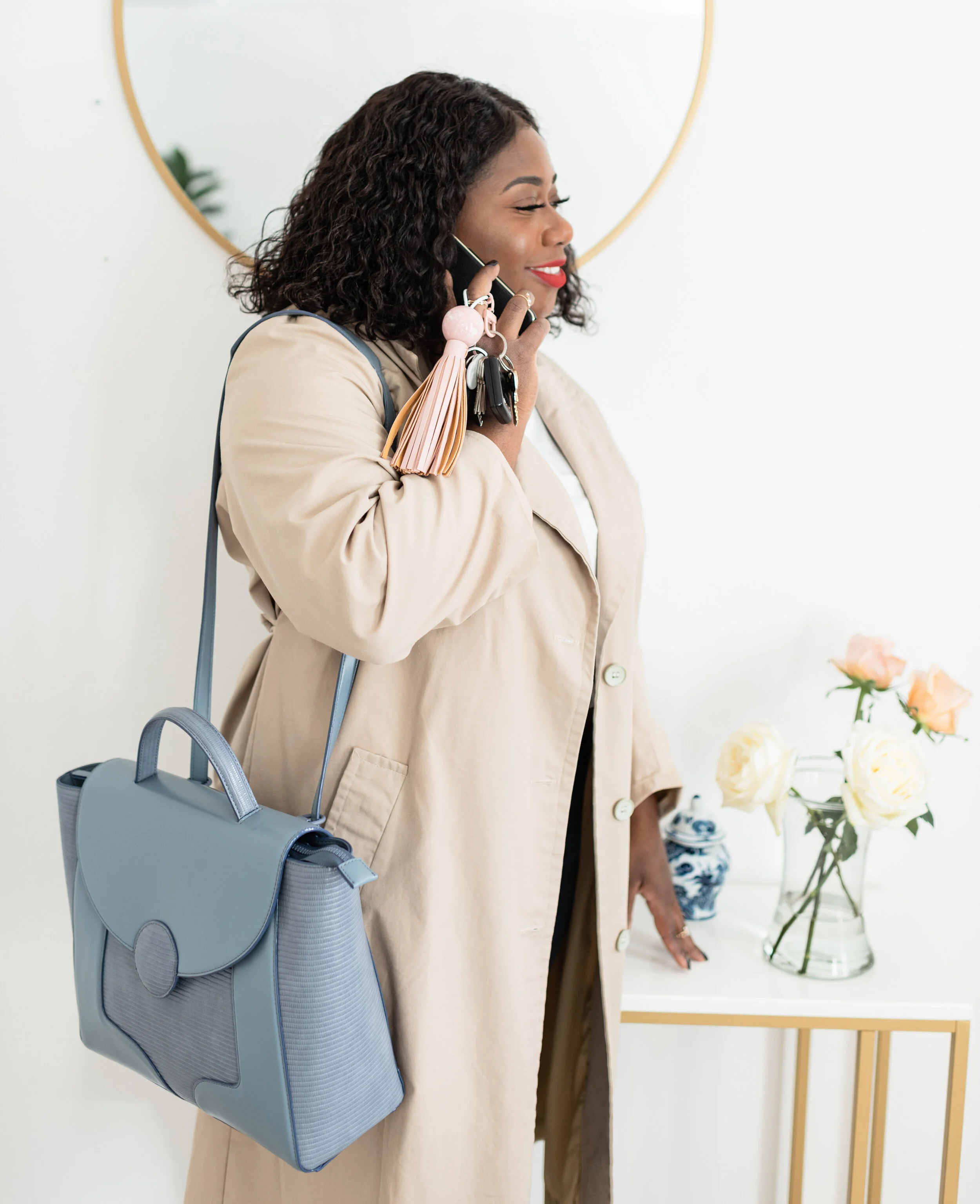In today's rapidly evolving digital landscape, small businesses have a tremendous opportunity to thrive by embracing a digital-first approach to marketing. Companies with digital-first strategies are 64 percent more likely to achieve their business goals than their peers who aren’t, according to Forbes.
With the vast reach and accessibility of the internet, businesses can leverage various digital marketing practices to effectively engage with their target audience and drive growth. So how do you know which marketing practices are best for digital-first small businesses? Here, we’re highlighting strategies that can maximize online visibility, enhance customer engagement, and boost overall success.
But before we dive into it, it’s important to understand what’s driving the shift toward digital-first marketing in the first place. By in large, it’s been fueled by changing consumer behaviors and the increasing reliance on digital channels for information, entertainment, and commerce. Fifty-five percent of consumers polled learn about new brands on social media, according to the social media management firm Sprout Social’s State of Social Media Report.
For small businesses, adopting digital marketing practices is no longer a luxury but a necessity to stay competitive and reach their target market effectively. To establish a strong online presence, small businesses need a well-defined digital marketing strategy. This strategy should align with the business’s objectives and target audience. It should encompass various elements such as search engine optimization (SEO), content marketing, social media marketing, email marketing, and paid advertising (more on all those below).
Essentially, a comprehensive digital marketing strategy serves as a roadmap for small businesses seeking to establish a strong online presence. It involves identifying target audiences, understanding their needs and preferences, and developing tailored marketing approaches. Here are eight best practices to begin implementing now.
1. Optimize for Search Engines
Search engine optimization (SEO) plays a vital role in improving a small business's online visibility. By optimizing website content and structure, businesses can rank higher in search engine results pages (SERPs), driving organic traffic to their websites. Key SEO practices include keyword research, on-page optimization, quality content creation, link building, and website performance optimization. Small businesses should focus on local SEO to target their specific geographic market effectively.
2. Create Content Marketing
Creating and distributing valuable and relevant content is essential for digital-first small businesses. Content marketing helps build brand authority, attract and engage potential customers, and drive website traffic. Small businesses can produce blog articles, videos, infographics, podcasts, and other content formats that resonate with their target audience. Sharing this content across various digital channels, including social media, email newsletters, and industry specific platforms, helps increase brand visibility and generate leads.
3. Engage on Social Media
Social media platforms provide a powerful means of connecting with your target audience and fostering engagement. Small businesses should identify the social media platforms that their key demo frequents and create a strong presence on those platforms. By sharing relevant and compelling content, engaging with followers, and leveraging social media advertising, businesses can expand their reach, build brand loyalty, and drive conversions.
4. Leverage Influencer Marketing
Influencer marketing has emerged as a valuable strategy for digital-first small businesses. Collaborating with influencers in their niche allows businesses to tap into the influencers' established audience and credibility. By partnering with influencers to promote their products or services, small businesses can reach a wider audience, gain trust, and drive sales. One caveat here: It's crucial to select influencers whose values align with the brand and whose followers match the target customer profile.
5. Personalize Customer Experiences
Digital-first small businesses can differentiate themselves by providing personalized experiences to their customers—86 percent of respondents said they'd leave a brand they're loyal to after more than on bad customer experience, according to a survey by the customer engagement platform Emplifi. By leveraging customer data and employing marketing automation tools, businesses can segment their audience and deliver targeted messages, offers, and recommendations. Personalization enhances customer engagement, improves conversion rates, and fosters long-term customer loyalty.
6. Embrace Email Marketing
Email marketing remains one of the most-effective channels for small businesses to communicate with their audience. By building an email list of interested prospects and existing customers, businesses can send targeted and personalized messages. Email marketing enables businesses to nurture leads, share valuable content, announce promotions, and drive conversions. Automation tools like Klaviyo and Mailchimp can streamline the email marketing process, allowing businesses to send automated follow-up sequences and triggered emails based on customer actions.
7. Utilize Data Analytics
Digital-first small businesses should leverage data analytics to gain valuable insights into their marketing efforts. By tracking and analyzing metrics such as website traffic, conversion rates, email open rates, and social media engagement, businesses can make data-driven decisions. This information helps identify areas of improvement, optimize marketing campaigns, and allocate resources effectively. Tools like Google Analytics provide valuable data and reports that enable
By integrating these components, businesses ensure that all marketing efforts are cohesive, well-coordinated, and work synergistically toward achieving their business goals. But it’s also important to recognize that digital transformation is an ongoing journey rather than a one-time project. Small businesses must continuously adapt, evolve, and embrace emerging technologies and trends to maintain their competitive edge in the digital age.
















